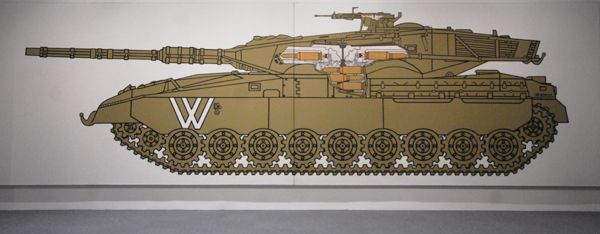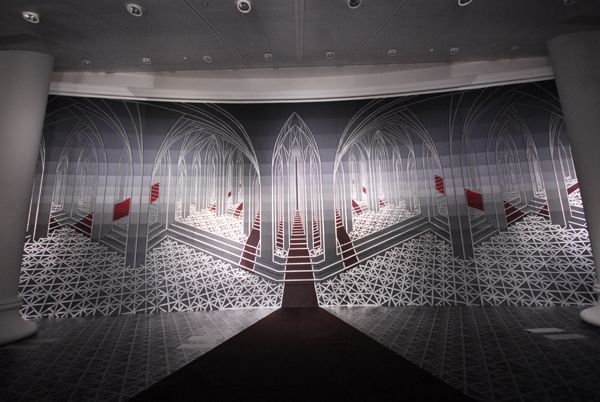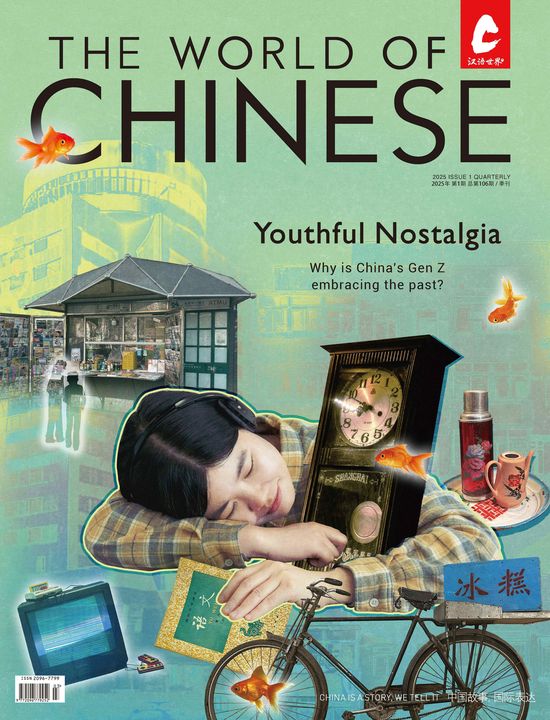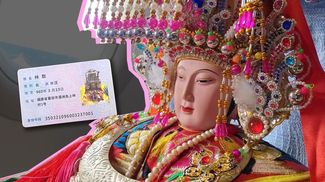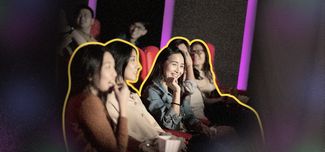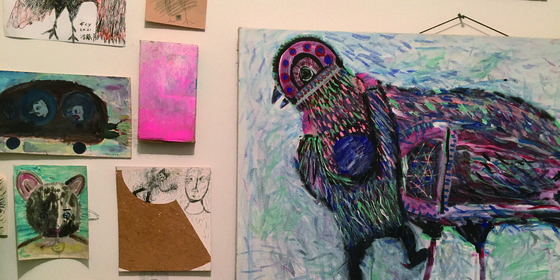Geometric symmetry meets art in Wang Luyan’s latest exhibition
Wang Luyan (王鲁炎)
Born in 1956, Wang is one of the most important conceptual artists in China, actively engaged in the Chinese avant-garde art movement. Wang joined the Stars Painting Association (星星画会 Xīngxīng Huàhuì) in the late 70s, advocating self-expression, realism and experimentalism. The name “Stars” was supposed to counter the “Sun” (Chairman Mao—a sole authority whose opinion was deemed the ultimate truth). Ever steeped in controversy, in 1988, Wang co-founded the New Measurement Group (新刻度小组 Xīnkèdù Xiǎozǔ) whose goal was to produce art work as a scientific expression of rationality and diminish the artists’ individual personality. At first, this concept was criticized, but Wang was excited about this unconventional perspective. Later, he was disappointed that mainstream art started to express interest, dismissing the group in 1995 when they were approached by the Guggenhime Museum about a possible exhibition. “Diagramming Allegory” (图·寓言 Tú·Yùyán) in Green Parkview is Wang’s latest and largest exhibition.
Many of Wang’s latest works explore the paradoxical and interconnected relationship of the world at large.
He often uses complex geometric patterns in his work, sometimes digitally and sometimes by hand. Wang’s aim is to create rational representations rather than express his individual experience. Many of his paintings resemble industrial design sketches, and his sculptures involve steel and saw blades.
“W Symmetry Watch” is an acrylic painting; two shooters—one with an M16 and one with an AK47— mirror each other. They are both
the shooter and the target. Once the trigger is pulled, the relationship is not one between killer and killed, but killer and killer. According to the artist: “The image is a simplified, symmetric version of the diagram of warfare logic.” The cheeky “9:11” hardly seems a coincidence, and Wang’s previous drive in making art scientific and collective is apparent. The perception and idealization of clockwork (obvious in many of Wang’s works) helps to further force the message that the instigator of violence acts upon itself.
While this premise may seem, on the surface, preachy, it’s more an example of Wang’s hope for art: that it can express a less subjective view and still arrive at substance. This clockwork theme also appears in a piece in the same exhibition, featuring the Six Party Talk nations as gears in a watch, all working upon one another so intricately that it’s difficult to tell who set the wheels in motion. This theme of reciprocal violence runs through many of Wang’s works. For example, he uses a gun that shoots from the front and back, a bicycle that’s forward pedals take you backwards, and a syringe that, when pushed, both extracts and injects equally and at the same time.
Wang’s exhibition also features a stunning sculpture set called “The Walkers” with over 20 mirror finished, stainless steel human figures frozen in unison on a steel floor. The walkers always seem to have their backs to the viewers regardless of where they’re standing, as if they are moving in many directions at once. The moral being, the closer you get to your goals, the further away you become. – LIU JUE (刘珏)
